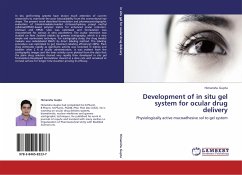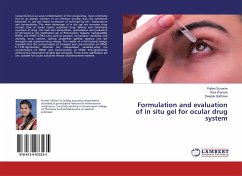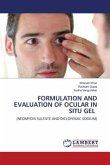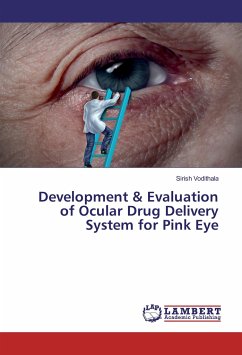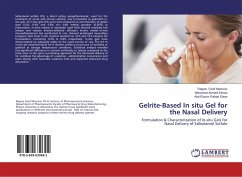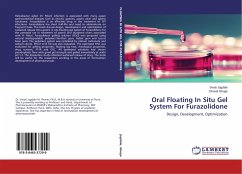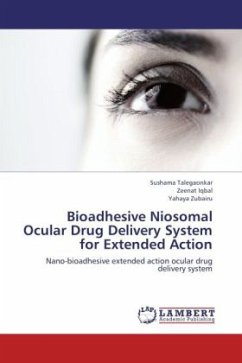In situ gel-forming systems have drawn much attention of current researchers to overcome the poor bioavailability from the conventional eye drops. The present work described formulation and pharmacoscintigraphic evaluation of timolol-maleate-loaded chitosan/hydroxy propyl methyl cellulose(HPMC)-based polymer matrix for enhanced ocular retention. Chitosan and HPMC ratio was optimized and formulation was characterized for various in vitro parameters. The ocular retention was studied on New Zealand rabbits by gamma scintigraphy, which is a very simple and noninvasive technique. For scintigraphy study, the drug timolol maleate was radiolabeled 99mTc by direct labeling method. The labeling procedure was optimized to get maximum labeling efficiency(98%). Plain drug eliminates rapidly as significant activity was recorded in kidney and bladder after 2 h of ocular administration. It was evident from the scintigraphic images and the time activity curve plotted from the data that the plain drug solution cleared very rapidly than developed in situ gel formulation.Developed formulation cleared at a slow rate and remained at corneal surface for longer time duration proving its efficacy.
Bitte wählen Sie Ihr Anliegen aus.
Rechnungen
Retourenschein anfordern
Bestellstatus
Storno

